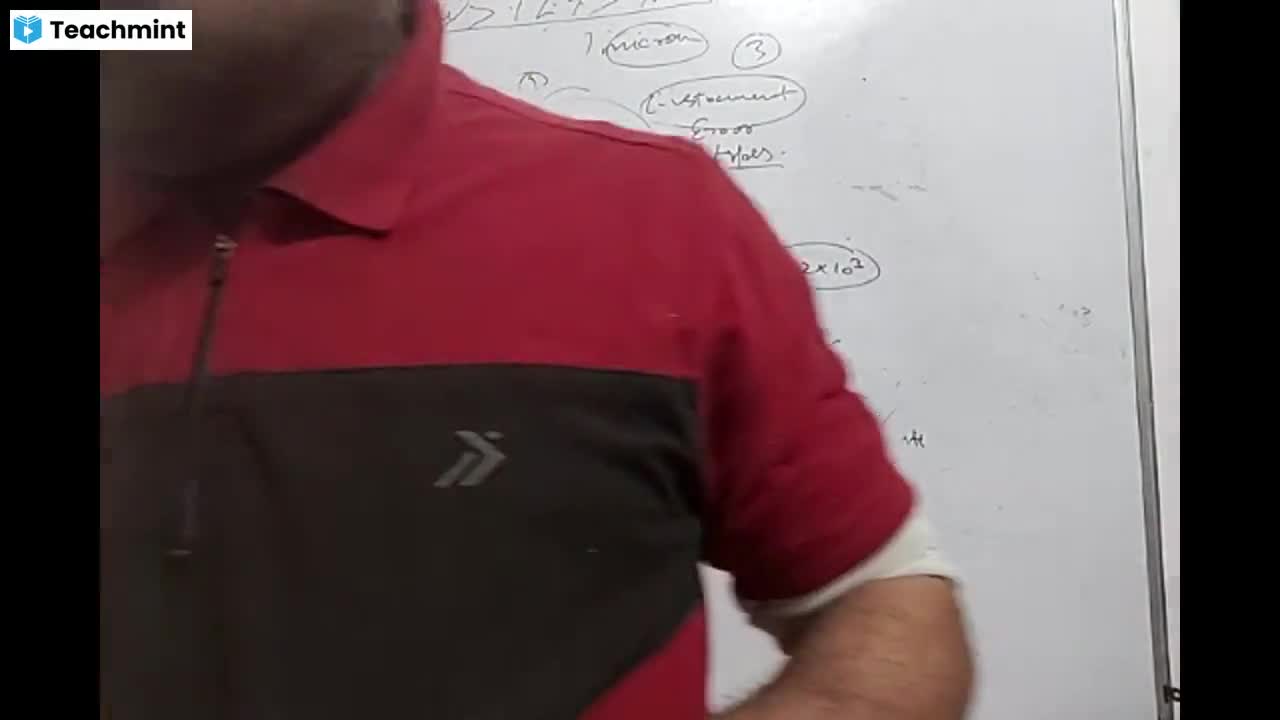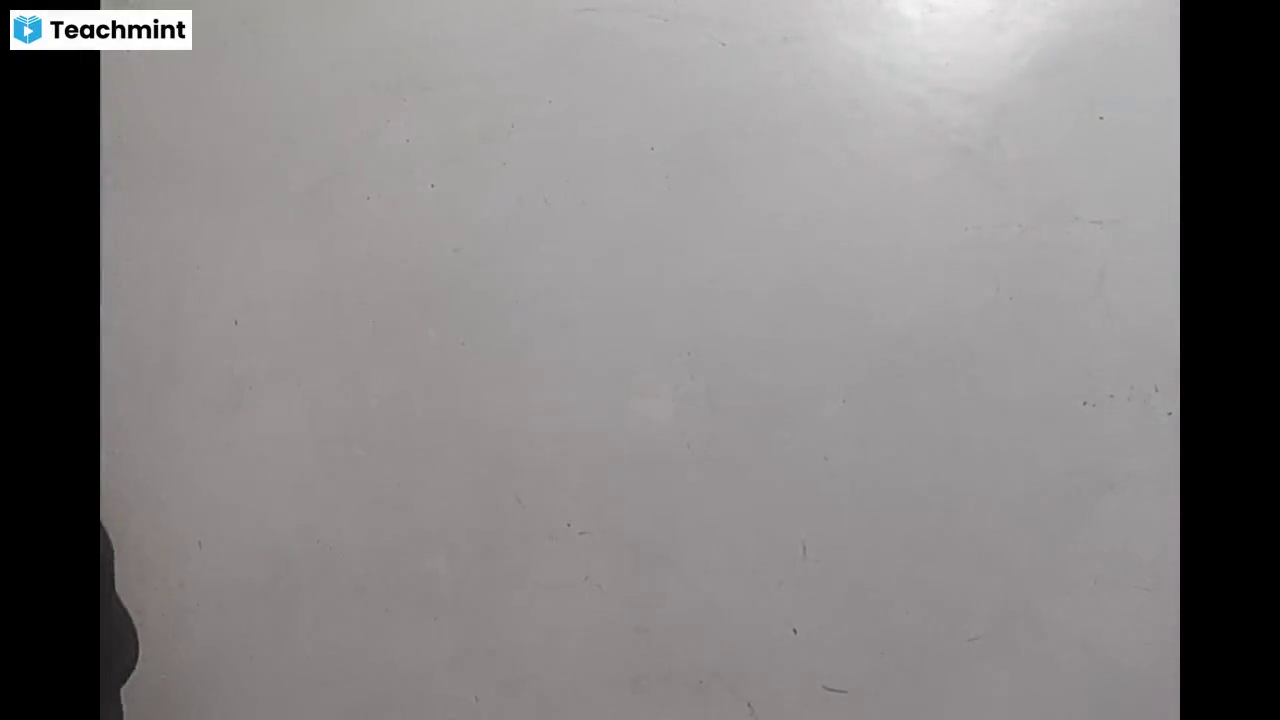Question 2 :
<p> <font face="Cambria Math, serif">All the statements are correct for prokaryotic cells, except</font></p>
Question 3 :
<p> <font face="Cambria Math, serif"><font>Basic structure of proteins was given by</font></font></p>
Question 4 :
<p> <font face="Cambria Math, serif">Phagocytosis and pinocytosis are collectively termed as</font></p>
Question 7 :
<strong>Assertion</strong> : The middle lamella is a layer made up of calcium pectate.<br />Reason : It holds the different neighbouring cells together.
Question 8 :
<p> <font face="Cambria Math, serif">Enzyme catalase is seen in </font> </p> </td> </tr> <tr> <td width="4%"><p> <br/> <br/> </p> </td> <td width="2%"><p> <font face="Cambria, serif">a)</font></p>
Question 9 :
<p> <font face="Cambria Math, serif">In chloroplasts, chlorophyll is present in the</font></p>
Question 10 :
<p> <font face="Cambria Math, serif">Protoplast denotes the ….. of protoplasm present in a cell</font></p>
Question 11 :
<p>Which one of the following structures between two adjacent cells is an effective transport pathway?</p>
Question 12 :
<p align="justify"> <font face="Cambria Math, serif">Assume that an actively respiring cell has 3x number of </font> <img style='object-fit:contain' align="absmiddle" src="https://storage.googleapis.com/teachmint/question_assets/NEET/5ff7efc5f055a67f16a226c0"/> <font face="Cambria Math, serif"> in its cytoplasm and 2x number of </font> <img style='object-fit:contain' align="absmiddle" src="https://storage.googleapis.com/teachmint/question_assets/NEET/5ff7efc5f055a67f16a226c0"/> <font face="Cambria Math, serif"> entered into the cell. What is the process by which </font> <img style='object-fit:contain' align="absmiddle" src="https://storage.googleapis.com/teachmint/question_assets/NEET/5ff7efc5f055a67f16a226c0"/> <font face="Cambria Math, serif"> transport has taken place?</font></p>
Question 13 :
Which one of the following is made up of only one type of macromolecules?
Question 14 :
<p>Consider the following statements about colchicine</p><p>I. It is an alkaloid widely used in plant breeding for doubling the chromosome number</p><p>II. Colchicine induced polyploidy has been used in raising several varieties of horticulture and agricultural plants</p><p>Which of the statements given above is/are correct?</p>
Question 18 :
<p>Select the correct option that identifies the nature of apoenzyme and co-factor correctly</p>
<p><strong>Apoenzyme , Co-factor</strong></p>
Question 21 :
<p> <font face="Cambria Math, serif">Which of the following statements regarding mitochondrial membrane is not correct?</font></p>
Question 23 :
<p>The inhibitor which binds to the enzyme at site other than the active site and do not resemble the substrate in structure is called</p>
Question 29 :
<p> <font face="Cambria Math, serif">The number of mitotic cell divisions required to produce 256 cells from single cell would be</font></p>
Question 30 :
<p> <font face="Cambria Math, serif">Which form of keratin is present in human hair?</font></p>
Question 32 :
<p> <font face="Cambria Math, serif">Which of the following statements are correct for eukaryotic cells?</font></p> <p> <font face="Cambria Math, serif">I. Two envelope organisation</font></p> <p> <font face="Cambria Math, serif">II. The flagella if present, are 11 stranded with differentiation of axonema and sheath</font></p> <p> <font face="Cambria Math, serif">III. Organised nucleus</font></p> <p> <font face="Cambria Math, serif">IV. Cell wall without muramic acid</font></p> <p> <font face="Cambria Math, serif">Choose the correct option</font></p>
Question 33 :
<p>Movement of cytoplasm around the vacuole in the cell is called as</p>
Question 34 :
<p> <font face="Cambria Math, serif">What would be the change in the chromosome number, during S-phase?</font></p>
Question 37 :
Match column I (function) with column II (Types of enzymes) and select the correct option.
<table>
<tbody>
<tr>
<td>Column I(Function)</td>
<td>Column II (Types of enzymes)</td>
</tr>
<tr>
<td>A. Enzymes catalysing breakdown without addition of water</td>
<td>I. Isomerases .</td>
</tr>
<tr>
<td>B. Enzyme catalyzes the conversion of an aldose sugar to a ketose sugar.</td>
<td>II. Oxidoreductase </td>
</tr>
<tr>
<td>C. Enzyme where catalysis involves transfer of electrons.</td>
<td>III. Ligases </td>
</tr>
<tr>
<td>D. Enzyme catalysing bonding of two components with the help of ATP.</td>
<td>IV. Lyases </td>
</tr>
</tbody>
</table>
Question 38 :
Who got the Nobel prize working on enzymes in the year 1978
Question 44 :
<p>In which one of the following would you expect to find glyoxysomes?</p>
Question 46 :
<p>The regulation of the chemical composition of blood and body fluids and other aspects of its internal environment by an organism to maintain the physiological process is called</p>
Question 48 :
<p> <font face="Cambria Math, serif"><font>Which of the following is non-reducing sugar?</font></font></p>




















































